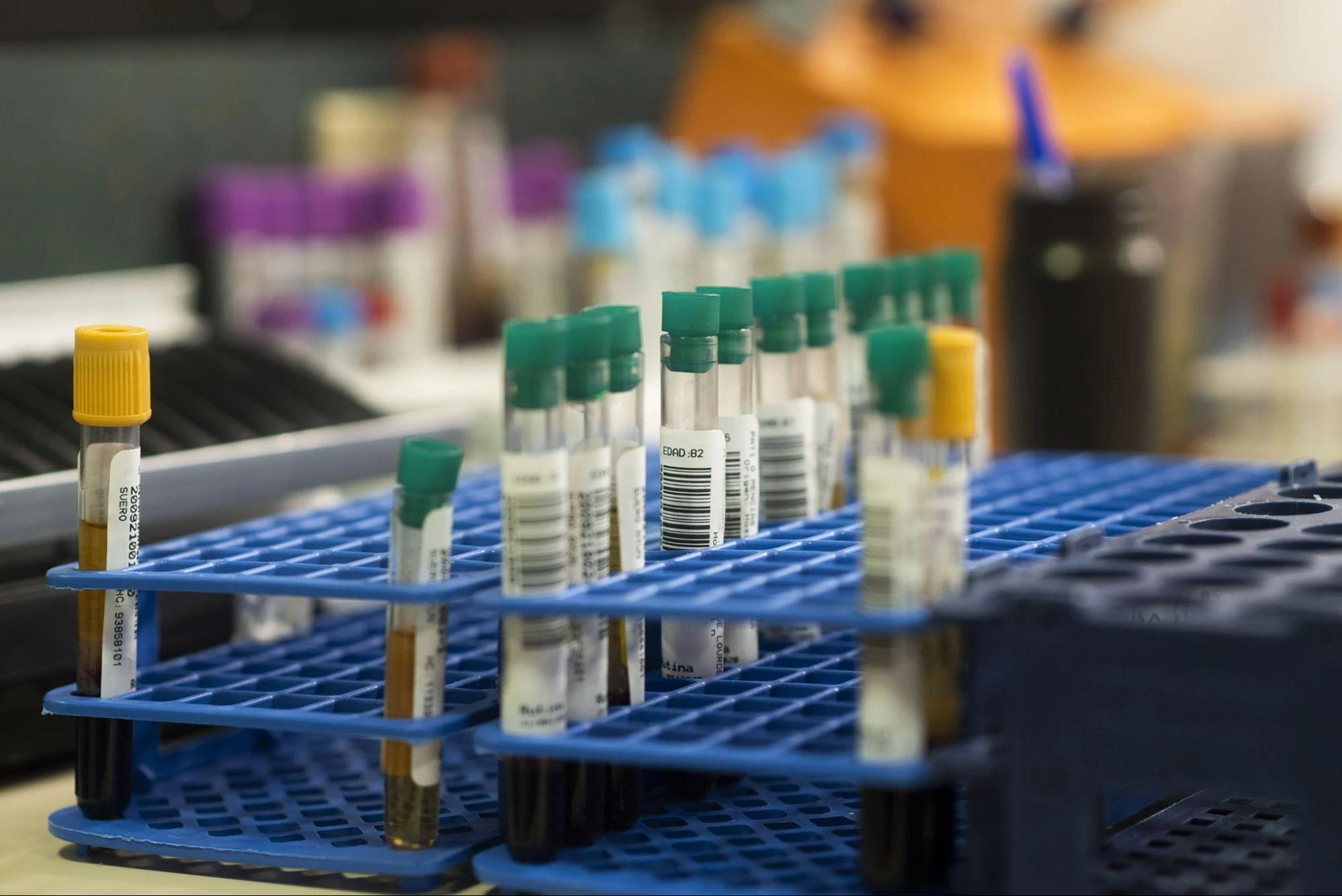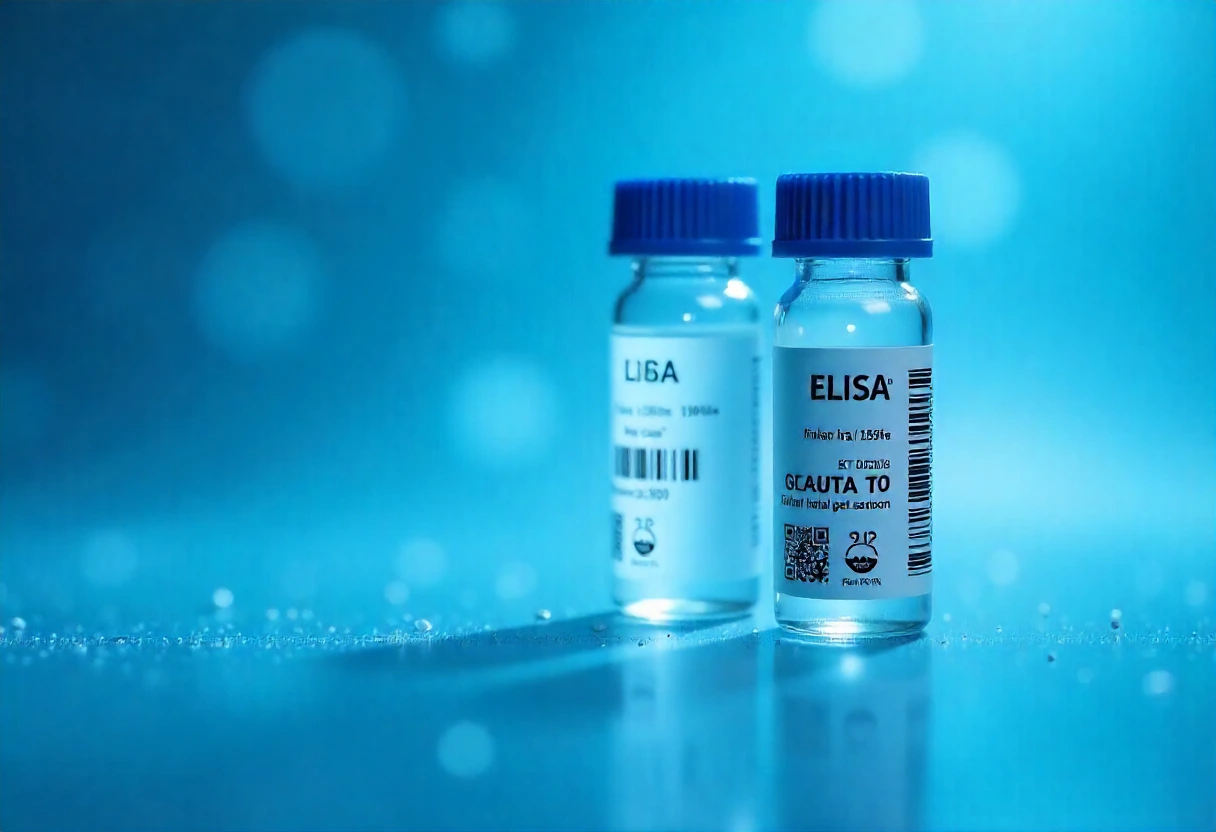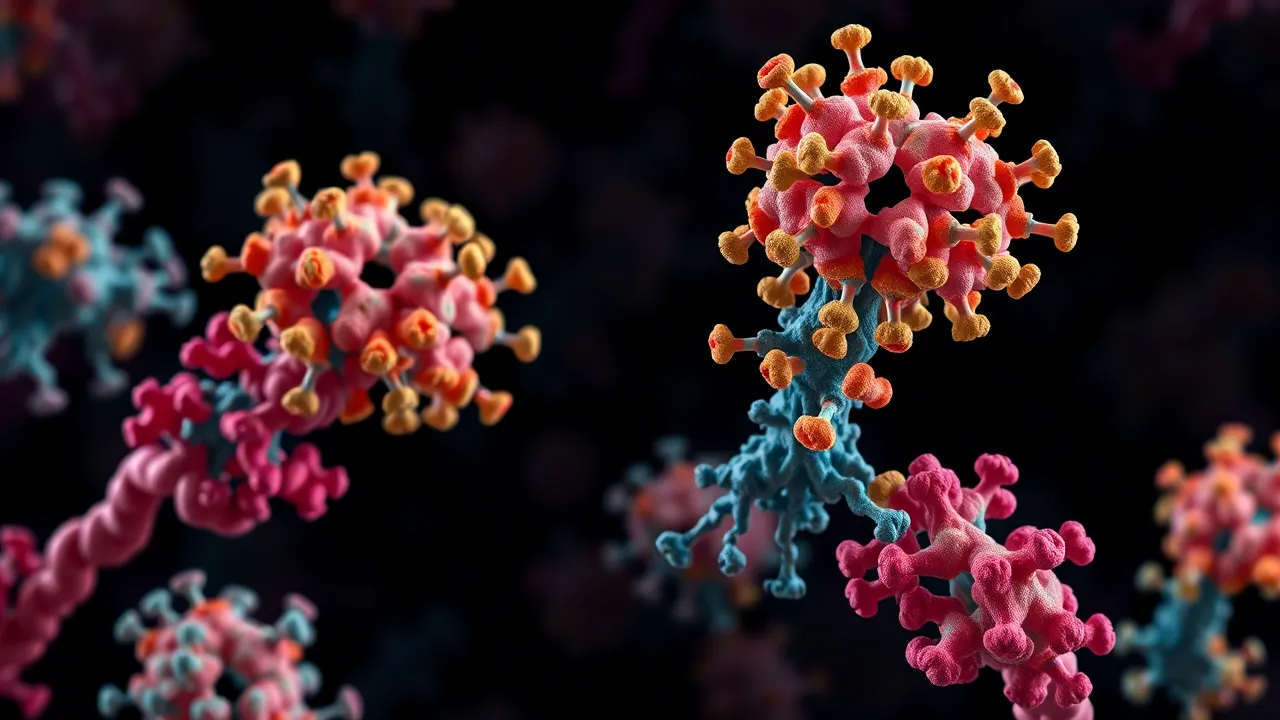ELISA vs. Western Blot: Which Is Superior In The “Protein Science” Battle?
In this Article
All of the products listed in AAA Biotech’s catalog are strictly for research-use only (RUO).

When you need to detect or quantify a specific protein—such as LC3, troponin, or alkaline phosphatase as some examples—two powerhouse techniques in the lab often stand shoulder to shoulder -
Western blotting and ELISA.
They each have their loyal advocates and quirks—one is “artisanal” and hands‑on, the other high‑throughput and numeric.
Let’s break down how they stack up, why each outshines the other in certain contexts, and how researchers really feel about them.
What Is ELISA, Anyway?

ELISA stands for Enzyme-linked immunosorbent Assay. It is a lab test used to detect and measure a specific protein in a sample. Some examples of analytes frequently investigated with ELISA include -
- Hormones
- Antibodies
- Disease markers
The test is usually done carried out on a plastic plate (microplate) with many small wells. You can think of these “plastic plates” like mini ice cube trays. The most common version is known as a Sandwich ELISA, and here is how it works -
1. A capture antibody is purposefully attached to the bottom of each well.
2. When you add your sample to the well, the target protein in the sample then sticks to that antibody.
3. After this, a second antibody is added to the well. This second antibody also sticks to the protein, and it forms a "Sandwich” (antibody-target-antibody).
4. The second antibody is linked to an enzyme that reacts with a special chemical to create a color change. This specific color can then be detected using specialized instruments.
5. The stronger the color, the more protein is there. A specialized instrument (microplate reader) can directly measure the color intensity and can then provide you with an exact number that helps determine how much of the protein was in the sample..
Why It's Useful
- It can be highly sensitive and thus is utilized for detecting very small amounts of a protein.
- You can test many samples all at once.
- Cost-effective for large-scale studies.
- You get clear numeric results when using a standard curve alongside the samples.
Things to Watch Out For
- If the protein has been cut into pieces (truncated), modified, or altered, ELISA sometimes has a problem recognizing the target protein.
- It relies heavily on the quality of the antibodies used in its construction. If the antibodies are not specific enough, there is a chance of getting false positives or background noise.
Western Blotting: Deep Dive!

Western blot is a protein-detection technique. It begins with conducting an SDS‑PAGE. The simplified Western Blotting process:
- Proteins are separated by size via SDS-PAGE
- They are then transferred to a membrane
- Then, antibodies are applied in order to identify your protein band of interest
Blot detection may be chemiluminescent, colorimetric, or fluorescent. Since you can see band size and intensity (and often run ladder controls) you obtain qualitative insights, such as;
- Is the identified band the expected size?
- Are there indications of post‑translational modifications?
That being said, it is a slower procedure, fairly hands‑on, and notoriously finicky. Band quantification is at best semi‑quantitative and often variable between runs.
What Are Its Benefits?
- Western blotting can aid you in identifying one specific protein from a complex mix.
- It's ideal for testing messy samples like broken-down cells (cell lysates).
- Even if the protein is present in smaller quantities, Western blotting can still detect reliably detect it.
- It doesn’t just tell you the protein is there—it also shows its size, relative amount, and whether it has likely been modified, which can aid in studying how proteins behave or interact with others molecules/proteins.
- It is not 100% precise, but it is helpful in showing relatively how much protein is present in the sample.
What Are the Drawbacks?
- You get just an rough approximation of how much protein is present.
- If two proteins have very similar sizes, it can be difficult to differentiate.
- If your sample is inconsistent or “messy”, the results can be affected.
- Sometimes the antibodies utilized will bind to the wrong protein and/or cause background noise, which can then lead to false results.
- There are also a lot of steps, so it can be quite time-consuming and expensive.
Quick Summary Comparison
| Features | ELISA | Western Blot |
| Samples at a time | High (96 wells) | Low (10–15 lanes) |
| How precise they are? | Superior with standard curves | Semi-quantitative, often rough fold‑changes |
| Sensitivity | High (sandwich formats) | Moderate. It also depends on the signal and exposure. |
| How specific are they? | It depends on antibody specificity | It adds size verification |
| How much work is needed? | Less. It is especially true with commercial kits | Gel, transfer, blocking, detection |
| Flexibility | Limited to established kits or validated antibodies | Highly flexible for novel or modified proteins |
| Cost per antibody | High (more antibodies used) | Lower antibody quantity use per blot |
When To Choose ELISA?

ELISA can be an effective option when -
- You need accurate measurements of protein concentration, and protein size verification is not specifically necessary.
- There is a need for trusted results with clear patterns and less variability.
- You are handling large sample sizes (dozens or even hundreds).
- You have access to a ready-made kit for testing your protein of interest.
Why ELISA Feels Easier?
ELISA is often seen as the simpler, faster option. However, it is especially important if you are using ready-made kits. Just use it for your sample, wait, and read the results. No gels, no messy transfers. It's that easy, right?
But here is the catch -
- It needs more antibodies per test. For example, ELISA will use ~10 µL of antibody per sample as compared to less than 1 µL in a Western Blot.
- If you are buying commercial kits, those extra antibodies can make ELISA a quite expensive prospect.
The good news?
Once your lab has its own ELISA system set up and optimized, it can become cost-effective, and even faster if you are using automation.
Plus, sandwich ELISA formats are super sensitive, all thanks to signal-boosting steps integrated into the design. However, they do need high-quality, perfectly matched antibodies to work well.
When does Western Blot win as the better option?

Western Blotting is a better option when
- You need to confirm protein size.
- You are working with new or custom antibodies that haven't been validated for ELISA.
- You want to check post-translational modifications.
- Your lab already has an optimized Western blot protocol, and you are dealing with smaller sample sets.
Why Western Blot Feels Easier?
Western Blotting may seem like a more "old-school" or complex technique. There is a gel that needs to be run, transferring that needs to occur, antibodies to be added, blocking, and all of those waiting/incubation steps. So why do most researchers still keep coming back to it with unwavering loyalty?
Here is why Western Blot often feels easier -
Familiar and Trusted
You Can See The Results
Unlike ELISA, where you get a number on a screen, Western blot provides you with visible protein bands on a membrane. You can ask -
- Is my protein the right size?
- Are there any extra bands showing any type of impurity?
- Can I check for any modifications, such as phosphorylation?
More Flexibility
Western blotting works great for -
- New or untested antibodies
- Uncommon targets
- Modified proteins
You Control the Variables
With Western blot, you are in the driver's seat. You can make changes in the gel percentage, antibody concentrations, transfer time, and detection methods. You can even re-probe the same blot to compare it with different proteins.
To Sum Up
ELISA is quicker and more scalable, but Western blot feels easier to various scientists. It gives them control, more feedback, and confidence, particularly when validating a finding or working with unknowns.
At the end of the day, it is not really about which is better overall, but about which is actually better for your specific research needs.
Faq's
What's the difference between an ELISA and a Western blot test?
ELISA (Enzyme-Linked Immunosorbent Assay) is a quantitative test. It measures the amount of a specific protein, antibody, or antigen in a liquid sample (like blood or serum). It gives a numerical result and is ideal for high-throughput testing.
Western blot is a qualitative or semi-quantitative method. It separates proteins by size using gel electrophoresis. They then transfer them to a membrane and detect specific proteins using antibodies.
When to use ELISA vs Western blot?
You can use ELISA for accurate protein measurement, high-throughput testing, and known targets. Further, you can use Western blot to confirm protein size, detect modifications, or test new antibodies.
Which is more accurate, Elisa or Western blot?
ELISA is generally more accurate and sensitive for quantifying protein levels. It provides standardized numerical results with low variability, especially when using validated kits.
Western blot is more accurate for verifying the identity and size of a protein. However, these are less precise when it comes to actual concentration measurement.





